Led by Shing-Tung Yau, Dean of Qiuzhen College, our students and teachers went to Nanjing City in October 2021, gaining in-person insights into the ups and downs of Chinese modern history.
Qiuzhen Chinese History Study Tour – In Nanjing
Nanjing, the capital of six dynasties, has witnessed great changes happening in the modern history of China. The signing of the first unequal treaty - Treaty of Nanjing - commenced the start of Chinese modern history, which is why Nanjing is referred to as both the start and the end of the history of modern China.
All students and teachers paid visits to attractions including Xuanwu Lake and City Wall of the Ming Dynasty, Ming Xiaoling Mausoleum, Sun Yatsen Mausoleum, China Imperial Examination(called keju) Museum, Nanjing Museum, and Nanjing Presidential Palace. During the tour in Nanjing, we had the chance to closely look at the culture back to the Six Dynasties, commemorate Sun Yatsen, explore the myth of “Jinling auspicious air”, and learn about Keju system – the Chinese Imperial Examination.
City Wall of Ming Dynasty
Nanjing City Wall of Ming Dynasty, which started in 1366, remains to be the most spectacular wall-building in the history of the city. The city wall in ancient times functions as a means of state protection, and this one becomes the model of integrating Chinese ethics into natural environment. Nowadays, the city wall and Xuanwu Gate are well preserved and connects the north and west shore of Xuanwu Lake. A typical and fantasitic scenic view of gardens in Yangtze River Delta is presented before people, reminding us of the grandness of ancient Nanjing city.
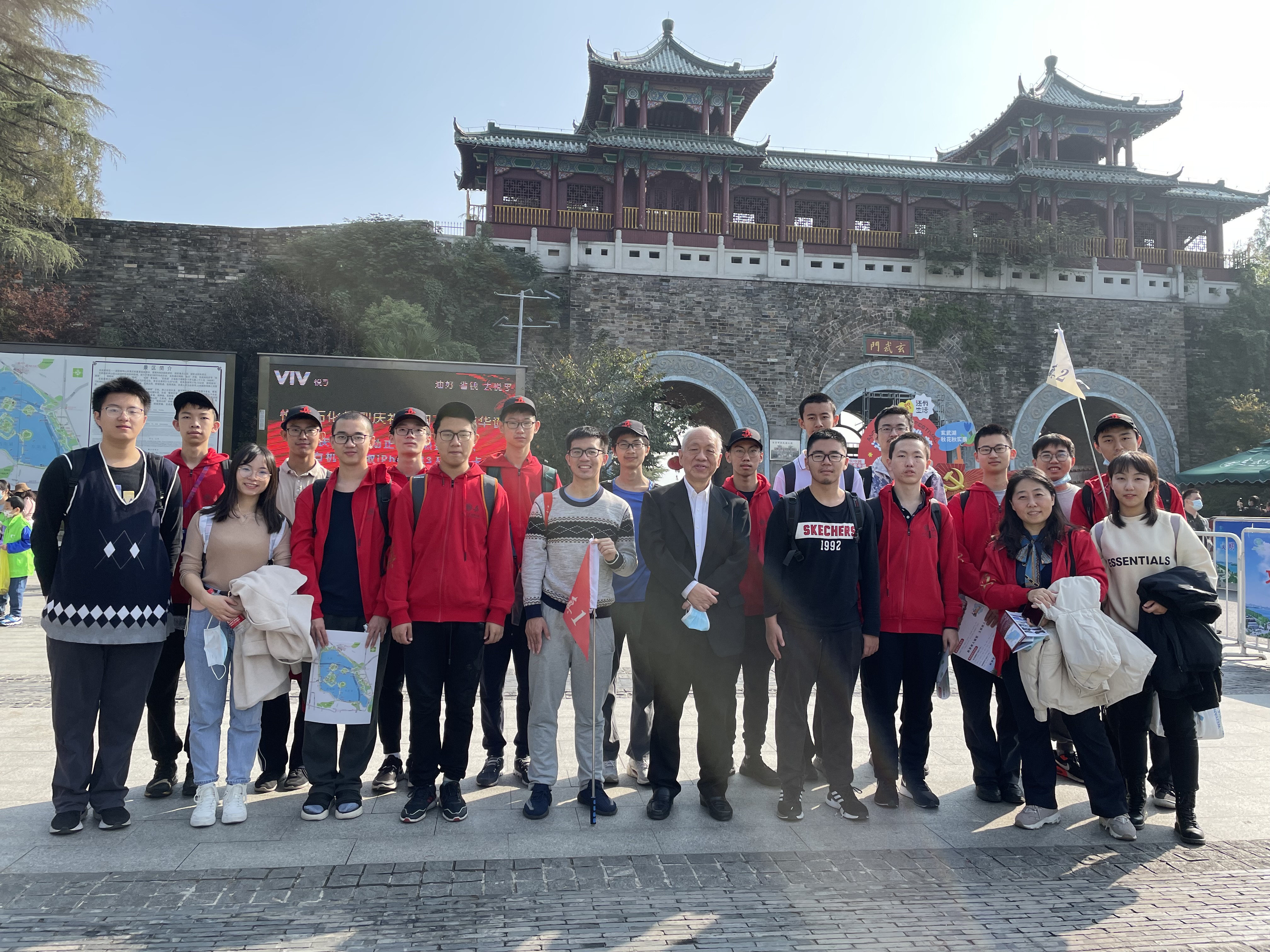
Qiuzhen teachers and students before Xuanwu Gate
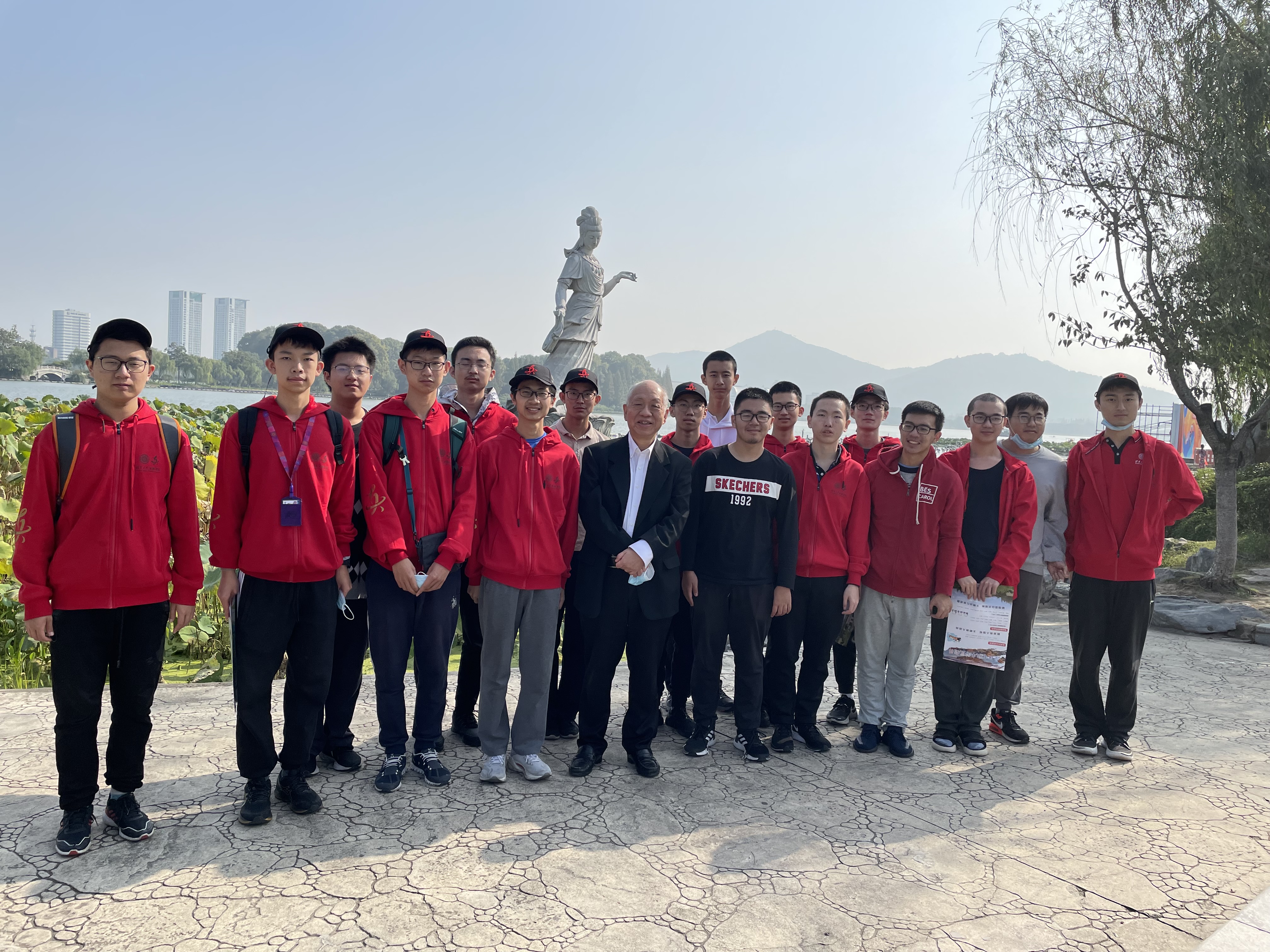
Qiuzhen teachers and students beside Xuanwu Lake
Ming Xiaoling Mausoleum
Ming Xiaoling is the tomb of the first emperor of the Ming Dynasty, Zhu Yuanzhang, and Queen Xiaoci Gao, and it is named Xiaoling because Zhu reigned the country under the doctrine of filieal piety (孝 Xiao in Chinese). With trees and hills beautifully surrounding the tomb, the harmony of humanity and nature was emphasized when building the mausoleum, granting it the reputation of “the best mausoleum of Ming Dynasty and Qing Dynasty”. Walking on the scared pavement covering with leaves and listening to the tour guide, our students and teachers seemed to see the majesty and superiority of the royal family.
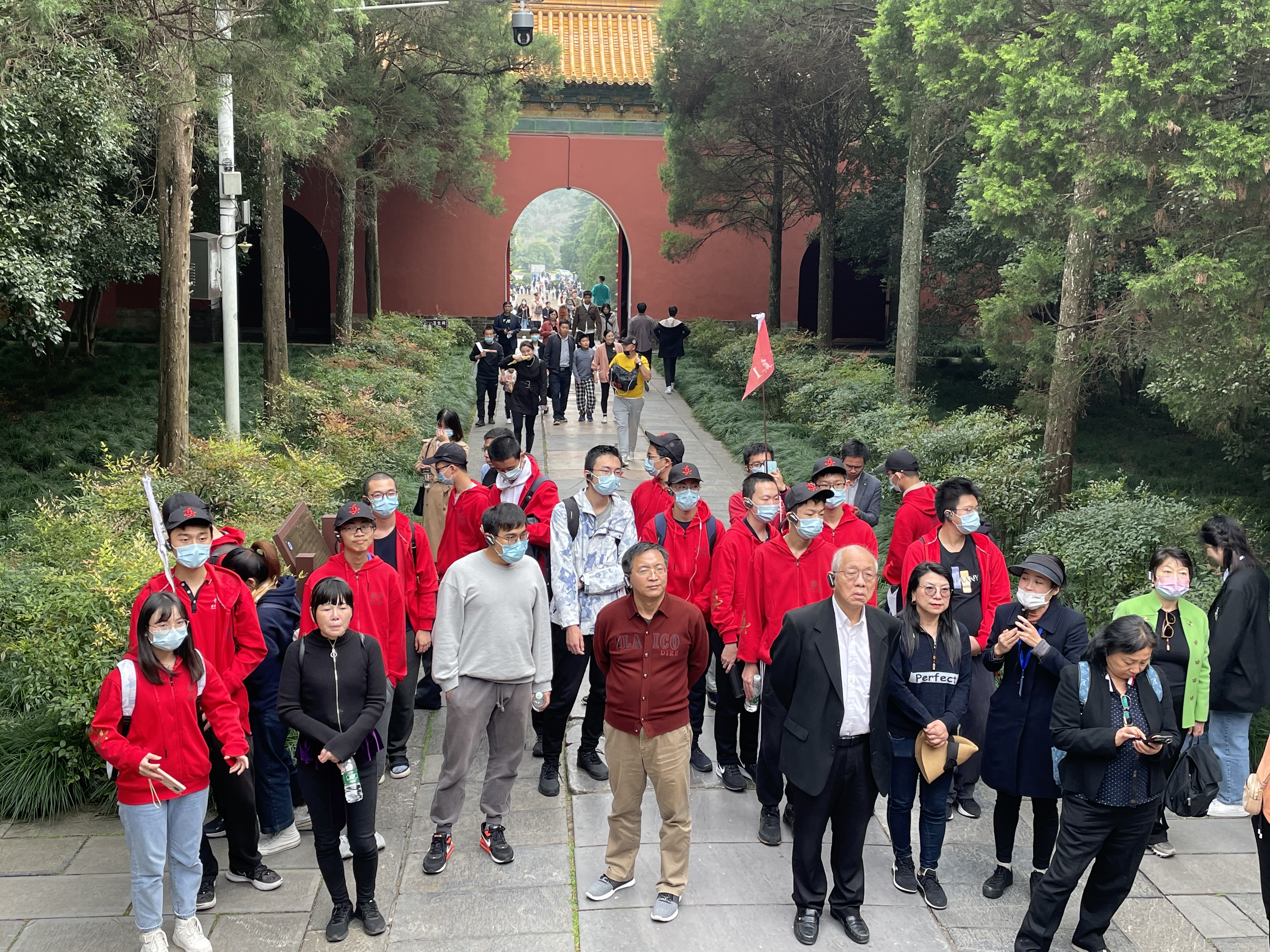
Qiuzhen teachers and students in Ming Xiaoling Mausoleum
Sun Yatsen Mausoleum
Mr. Sun Yatsen, one of the greatest forerunners of Chinese democratic revolutions, was born in 1866 and passed away on March 12th, 1925. According to his own will, he was buried in Sun Yatsen Mausoleum in Nanjing. This year is the 155th anniversary of his birth as well as the 110th anniversary of Xinhai Revolution.
The masoleum lies into hillside, next to Linggu Temple on the east and Ming Xiaoling Mausoleum on the west. The central line rises vertically from south to north, consisting in order of Boai Fang (the memorial archway named “great love”), Passway, Frontispiece, the stone steps, the pavilion made of marble, the Sacrificial Hall and the burial chamber. The mausoleum integrate the ideas of ancient Chinese and western architecture, and merges with the view of Zhong mountain. The blue-glazed tiles of the roof symbolize the great dreams of creating a world of justice and a better China for its people pursued by Mr. Sun. As Qiuzhen students and teachers walked upward, all of them commemorated this great man with admiration and respect.
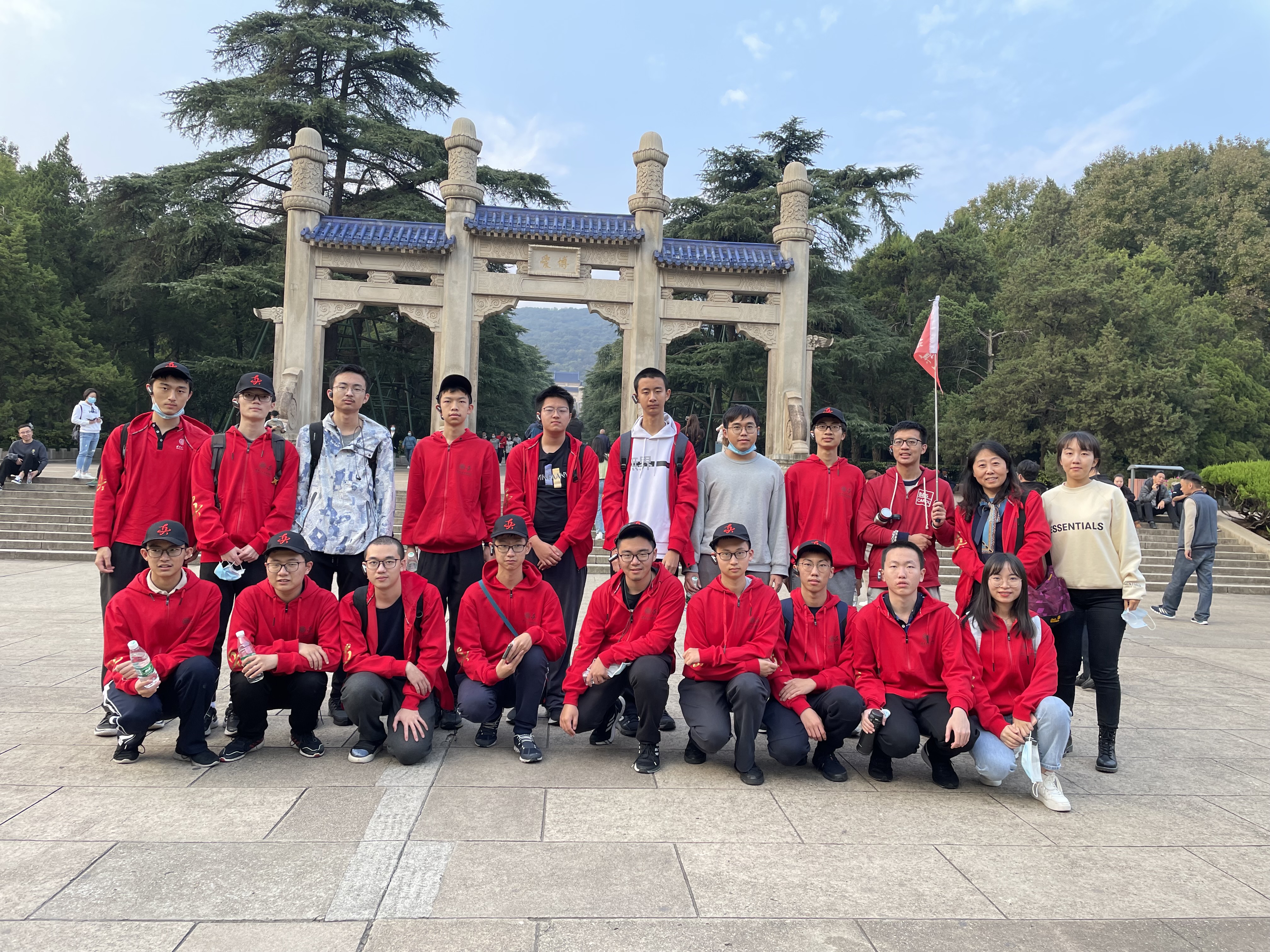
Qiuzhen teachers and students in Sun Yatsen Mausoleum
China Imperial Examination Museum
Bearing the names of “the cultural centre under heaven” and “the best place to receive education in southeastern China”, Nanjing has always been a place where literal education are of magnificent importance. China Imperial Examination Museum is the expansion of the former Jiangnan Gongyuan (Yangtze River Delta Examination Hall) which was honored as China’s largest imperial examination center. Via its collection of relics, artworks and multi-media exhibition, the museum presents how China’s imperial examination system sprouted, reached its peak after developing and eventually vanished. Students and teachers knew about the layout of the ancient examination hall, and they were impressed by the work of those outstanding scholars who came first in the exam. We learn through the tour that the examination system plays a significant role in talent selection and understand better about the breakthroughs Qiuzhen College has made in the process of discovery of students with mathematical talents.
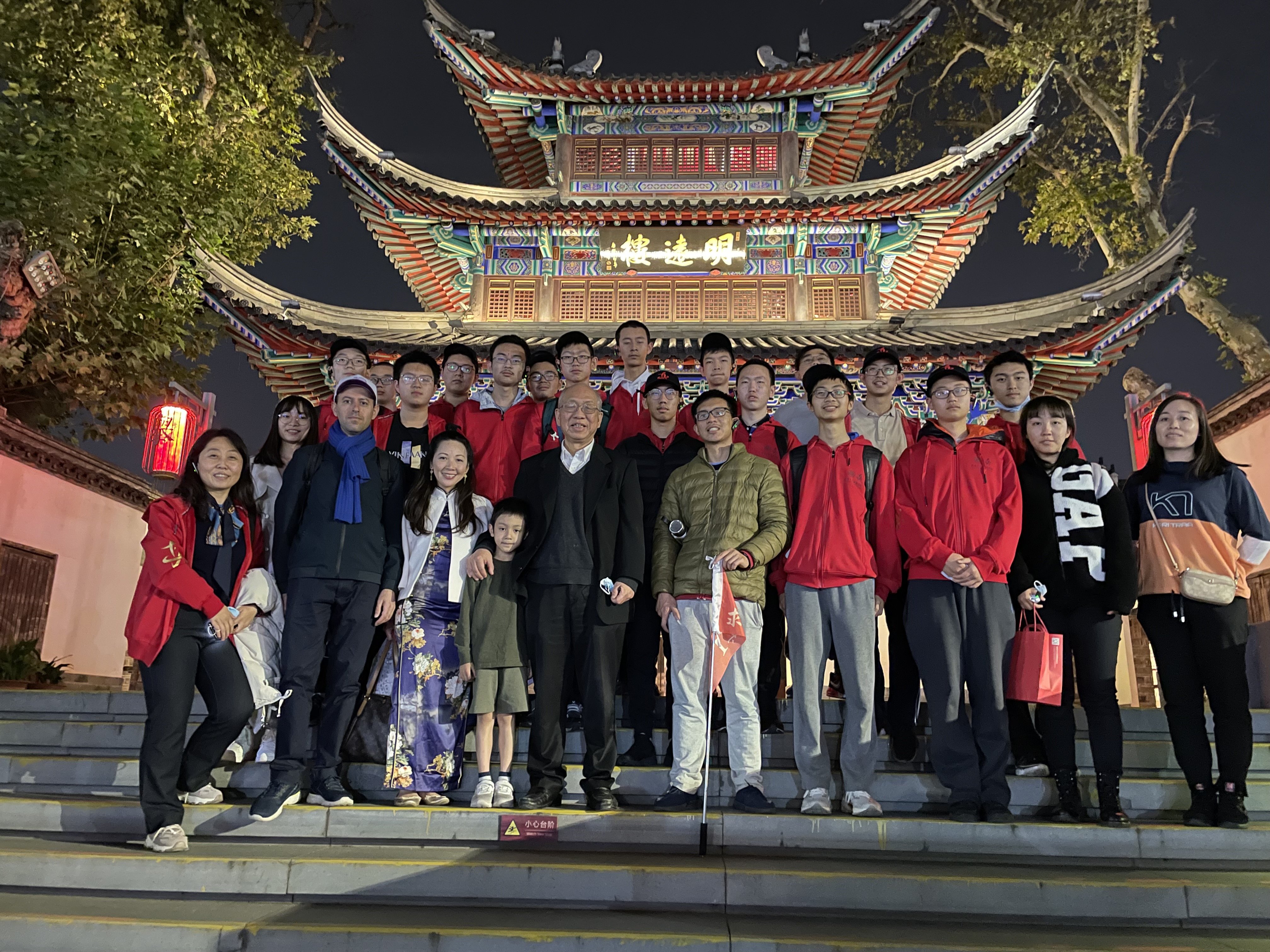
Qiuzhen teachers and students in China Imperial Examination Museum
Nanjing Museum
Nanjing Museum was originally established in 1933 (Chinese Republic Year 22) proposed and named National Central Museum by Mr. Cai Yuanpei. As the oldest museum existing in China, it is recognized as China’s three largest museums along with the Palace Museum and Taipei Palace Museum. Nanjing Museum is divided into six exhibition halls: History Gallery, Special Exhibitions Gallery, Digital Gallery, Arts Gallery, Intangible Cultural Heritage Gallery, and Republic of China Gallery. During the tour, we gained comprehensive knowledge of the history and cultural development of Nanjing as the capital of six ancient dynasties, appreciated digital reenactment of the historical events hiding behind abstract concepts, and experienced what life could be if you lived in Nanjing during the period of Republic of China.
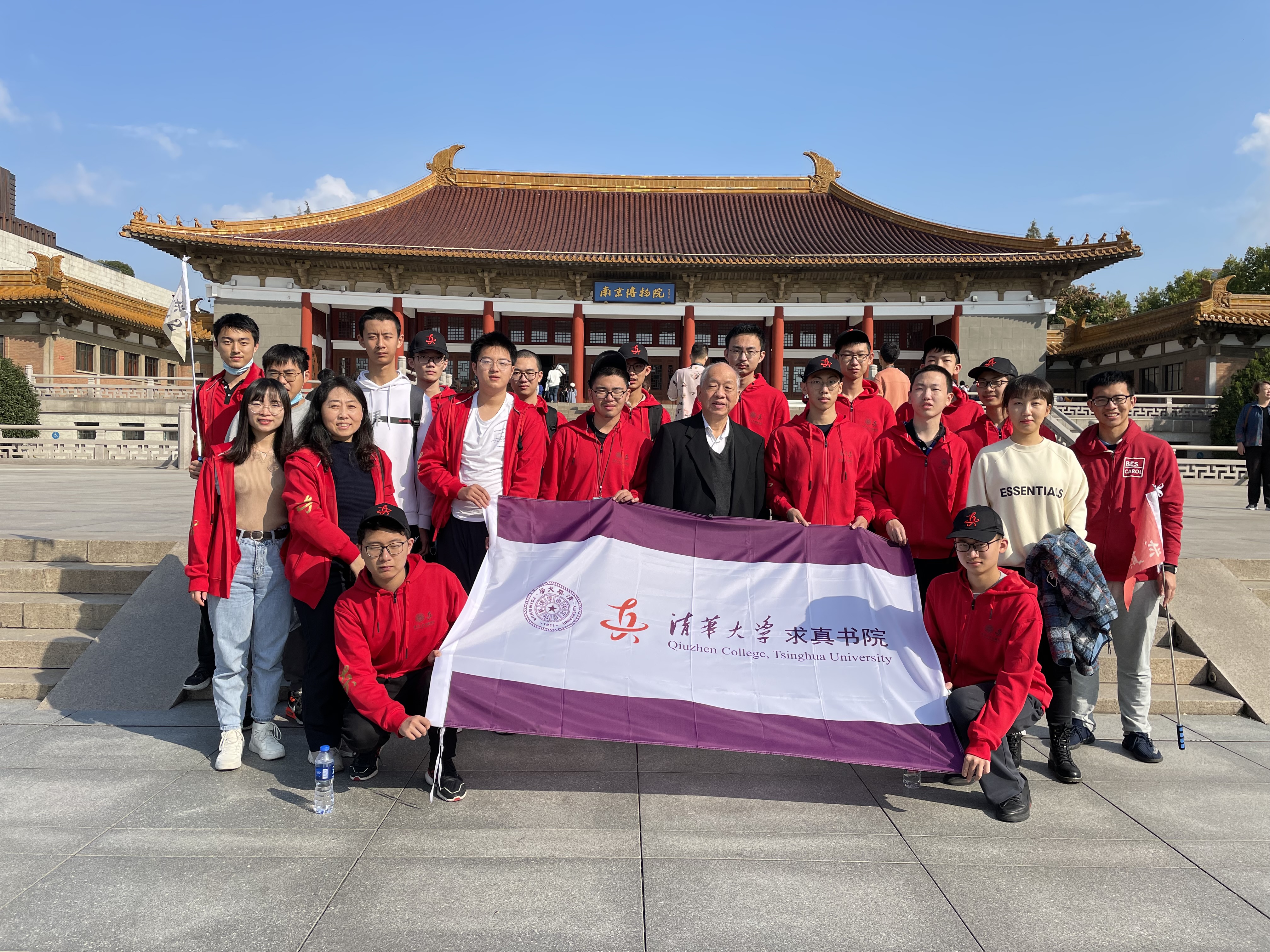
Qiuzhen teachers and students in Nanjing Museum
Nanjing Presidential Palace
Nanjing Presidential Palace, with more than 600 years of existence, witnessed China’s modern history as an important historical site. It once was the royal residence for Marquis Guide and Prince Han at beginning of Ming Dynasty, then it became the office of Weaving Department of Jiangning Area and General Governor of Liangjiang Area in Qing Dynasty. When Emperor Kangxi and Emperor Qianlong made their inspection trip to southern China, the palace was utilized as their residence. During Taiping Heavenly Kingdom period, the ruler Hong Xiuquan declared Nanjing as the capital and this place as his official residence, and it was also the presidential office of Nanjing national government in the years of Republic China. Nanjing Presidential Palace has always been the political and military center since the start of China’s modern history with a number of notable figures including Hong Xiuquan, Sun Yat-sen, and Chiang Kai-shek living and working here.
Led by our tour guide, we explored major parts the of palace: the former palace of Taiping Heavenly Kingdom, the office of Chiang Kai-shek, the living room of Sun Yat-sen, and the presidential reception hall. We also touched with our hands the first lift ever built in Nanjing, visited Chinese traditional gardens, and wandered in the past centuries without noticing.
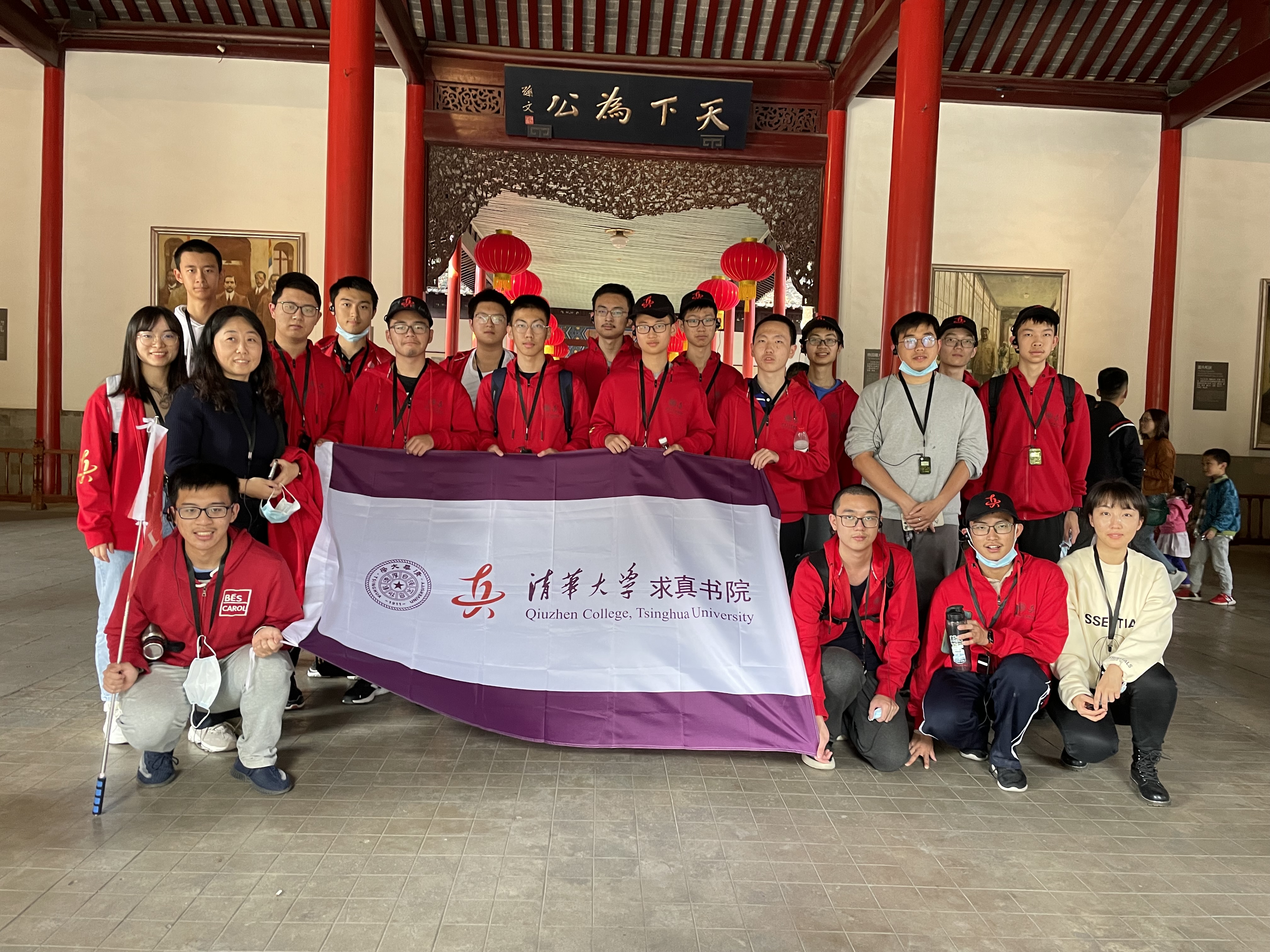
Qiuzhen teachers and students in Nanjing Presidential Palace
The culture of Six Dynasties in Nanjing
Apart from visiting renowned historical sites and museums, we were honored to attend the lecture The culture of Six Dynasties in Nanjing given by Mr. Cheng Zhangcan, director of Nanjing University library, who elaborated the political and geological significance of Nanjing City, special local traditions such as the belief in Jiang Ziwen and the tension between scholars and politicians. We are inspired to cognize the city from the perspective of historical research and to investigate those fascinating facts behind the tales of the city.
During our history study tour in Nanjing, students not only grasped the historical and cultural development of Nanjing through simple introductions and professional lectures to various historical attractions, relics and sites, but also understood how hard it was to rejuvenate this country from the sorrowful history happening here.
Acknowledgement
This tour is warmly and firmly supported by Phoenix Publishing & Media Group and Yilin Press.